Starting a dropshipping store is one of the most beginner-friendly ways to enter the world of e-commerce. With low upfront costs, no need to hold inventory, and the ability to work from anywhere, dropshipping offers a flexible and scalable business model. In this guide, tailored specifically for dropshipping for beginners, we’ll walk you through the steps to launch your first dropshipping store. We’ll cover everything from choosing a niche to marketing your products. Whether you’re new to e-commerce or looking for a new side hustle, this step-by-step guide will help you start your journey.
Table of Contents
1. Understanding the dropshipping model
Dropshipping is an e-commerce business model where a retailer sells products without holding inventory. For those new to the concept, dropshipping for beginners involves purchasing products from a third-party supplier (usually a manufacturer or wholesaler) when a customer orders from your online store. The supplier then ships the item directly to the customer, which means you never handle the products yourself, reducing overhead costs.
Key Advantages of Dropshipping:
- Fewer startup costs: No need to purchase inventory.
- No need for storage space: The supplier handles inventory and shipping.
- Flexibility: You can do your business from anywhere in the world.
- Scalability: As your business grows, your operational workload remains manageable since suppliers handle fulfillment.
2. Choosing Your Niche
The first step to starting a dropshipping for beginners is to choose a niche. A niche is a specific segment of the market that you want to target. This step is crucial because the products you sell will define your brand and affect your marketing strategy.
Tips for Choosing a Profitable Niche:
- Passion and Interest: Choose a niche that interests you or aligns with your hobbies, such as dropshipping for beginners. It’ll make the process more enjoyable and help you stay motivated.
- Market Research: Use tools like Google Trends, Ahrefs, or SEMrush to identify trends and see what products are in demand.
- Low Competition: Targeting a niche with lower competition gives you a better chance of standing out.
- Profitability: Ensure that your niche has products with decent profit margins (typically 30% or higher).
- Evergreen Products: Focus on products that have consistent demand year-round rather than seasonal items.
3. Researching Suppliers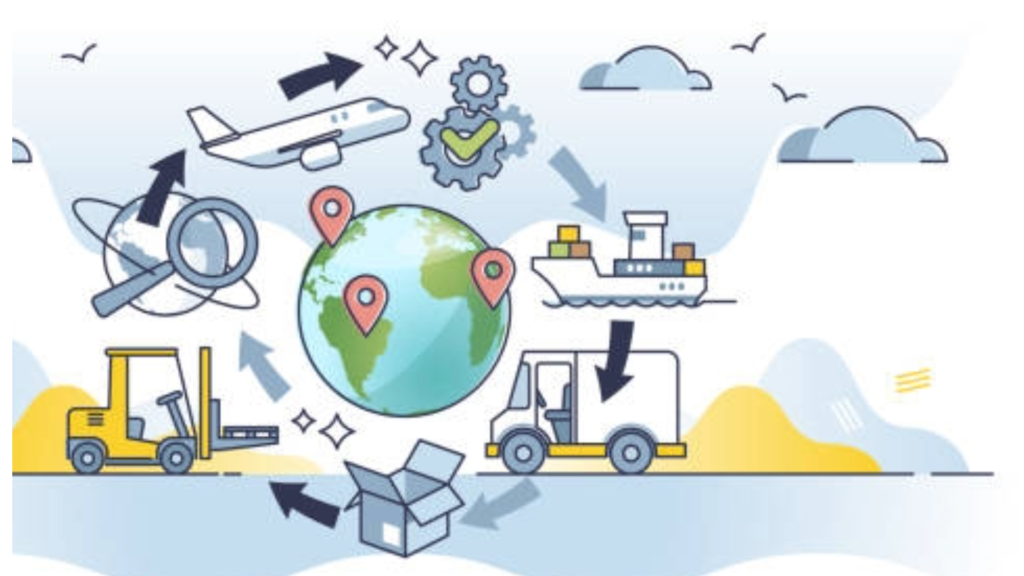
Finding reliable suppliers is the backbone of your dropshipping for beginners. Your supplier will be responsible for product quality, shipping times, and inventory, so it’s essential to partner with trusted companies.
Some Popular Suppliers in India :
1. Qikink: You can start for free and sell customized print-on-demand items. It integrates well with Shopify and WooCommerce, offers custom printing services, and handles shipping for you.
2. Shopify: For ₹29/month, you get a fully customizable store with a wide range of apps. There’s no custom printing, but you can manage shipping yourself or use fulfilment services. Shopify is one of the good dropshipping suppliers for beginners.
3. IndiaMART: This platform is free in its basic version and is great for sourcing Indian products. However, it has limited integrations, no custom printing, and suppliers manage shipping.
4. Baapstore: At ₹499/month, Baapstore is designed for beginners who want curated products. It offers marketing and payment gateway tools, but no custom printing. Shipping is handled by Baapstore.
5. Wholsalebox: For ₹499/month, this platform is suitable for budget-conscious businesses. It supports payment gateways but doesn’t offer custom printing. Shipping is managed by the suppliers.
6. Seasonsway: This platform uses a freemium model and is ideal for sellers on an established marketplace. It has limited integrations, no custom printing, and shipping is handled by the marketplace or the seller.
7. Meesho: A free platform that’s mobile-friendly and focused on social media sales. There’s no custom printing, and shipping is managed by the suppliers.
8. Printrove: At ₹499/month, this platform is ideal for artists and designers. It offers design tools and printing services, and it also manages shipping for you.
4. Setting Up Your Online Store
Your next step is to create a professional-looking online store. The most popular platform dropshipping for beginners is Shopify, but other options like WooCommerce (for WordPress users), BigCommerce, and Wix can also work.
Steps to Build Your Store:
- Choose a Domain Name: Your domain should reflect your niche and be easy to remember.
- Select a Platform: For most beginners, Shopify is the easiest to use, as it offers a comprehensive solution for building and managing your store.
- Customize Your Store: Choose a clean, professional theme highlighting your products. Utilize high-resolution images and ensure intuitive navigation.
- Add Products: Import your chosen products from your supplier, write unique product descriptions, and set competitive prices.
- Set Up Payment Methods: Enable multiple payment options like credit cards, Phone Pay , and G-Pay to make the checkout process smooth for customers.
5. Marketing Your Dropshipping Store
Once your store is set up, the next challenge dropshipping for beginners is driving traffic and generating sales. Marketing is crucial, especially in the competitive world of e-commerce. Here are some of the most effective strategies:
Effective Marketing Strategies:
- Search Engine Optimization (SEO): Optimize your store for search engines by using relevant keywords in your product descriptions, titles, and blog posts. This helps you rank higher on Google and attract organic traffic.
- Social Media Marketing: Use platforms like Instagram, TikTok, and Facebook to showcase your products and engage with potential customers. Running paid ads on these platforms can also help generate traffic.
- Email Marketing: Build an email list and send targeted emails with special offers, new product launches, or informative content to drive repeat business.
- Influencer Partnerships: Partner with influencers in your niche to showcase your products to their audience and boost your brand visibility.
- Google Ads and Facebook Ads: Paid advertising can bring in instant traffic. Target specific audiences based on their interests and behaviour to maximize conversion rates.
6. Managing Orders and Customer Service 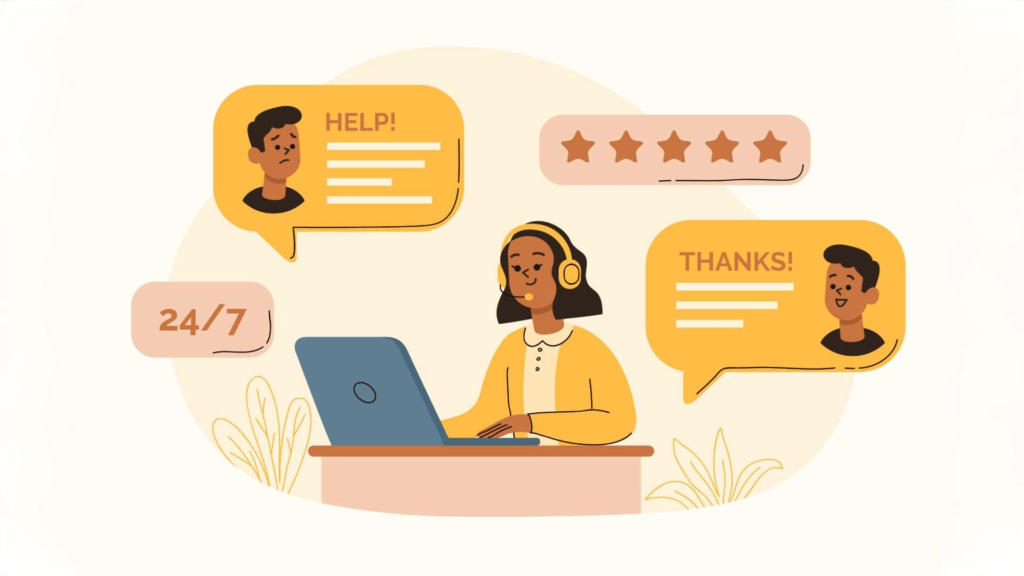
Once your marketing efforts bring in sales, it’s time to manage orders and provide excellent customer service. It should be done carefully, especially for those new to the field—dropshipping for beginners requires careful planning and execution.
Tips for Order Management:
- Automate the Process: Use tools like Oberlo or Spocket (depending on your platform) to automate order fulfilment, making the process seamless.
- Track Shipments: Keep customers informed by sending order tracking information.
- Handle Returns and Refunds: Have a clear return and refund policy in place, and work closely with your supplier to handle any product issues.
7. Monitoring and Scaling Your Business
After launching your store and starting to generate sales, you’ll want to monitor performance and look for opportunities to scale. For those new to the field, dropshipping for beginners involves understanding key metrics and identifying growth opportunities to effectively expand your business.
How to Scale Your Dropshipping Business:
- Use Analytics: Tools like Google Analytics or Shopify’s built-in reports help you track visitors, sales, and conversion rates. This data is essential for refining your marketing strategies.
- Expand Your Product Range: Add more products that complement your best-sellers to attract a broader audience.
- Outsource: As your store grows, consider outsourcing tasks like customer service, marketing, or order management to freelancers or virtual assistants.
Conclusion
Starting a dropshipping store is a great way to enter the world of e-commerce without the need for large upfront investments. By following this step-by-step guide for dropshipping for beginners —choosing the right niche, finding reliable suppliers, building a user-friendly store, and marketing effectively—you can set yourself up for success. Remember, the key to a profitable dropshipping business is consistency, ongoing learning, and adapting to trends in the market.
By taking these actionable steps, you’ll be on your way to building a profitable dropshipping business in no time. This guide, designed for dropshipping for beginners, will help you navigate the initial challenges and set the foundation for success.
FAQs
1. What is the estimated initial investment needed to begin a dropshipping business?
You can start with as little as 5000.rs to 30000.rs, depending on the platform and marketing strategy you choose.
2. Is dropshipping still profitable in 2024?
Yes, but competition has increased. You need to focus on finding a niche, offering unique products, and delivering great customer service.
3. How long does it take to start a dropshipping business?
With the right preparation, you can launch your store in as little as 1-2 weeks. However, generating consistent sales may take a few months.


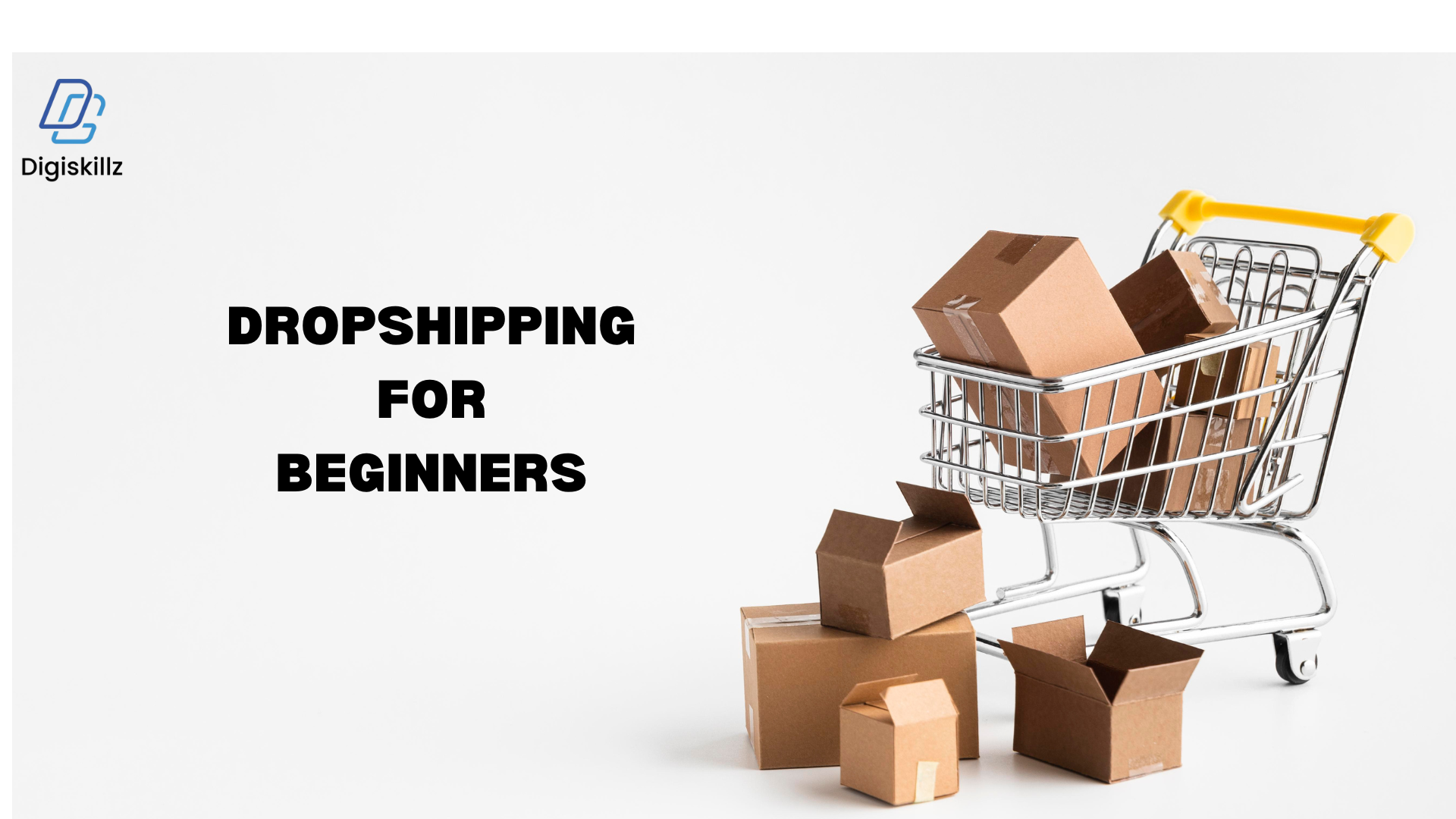





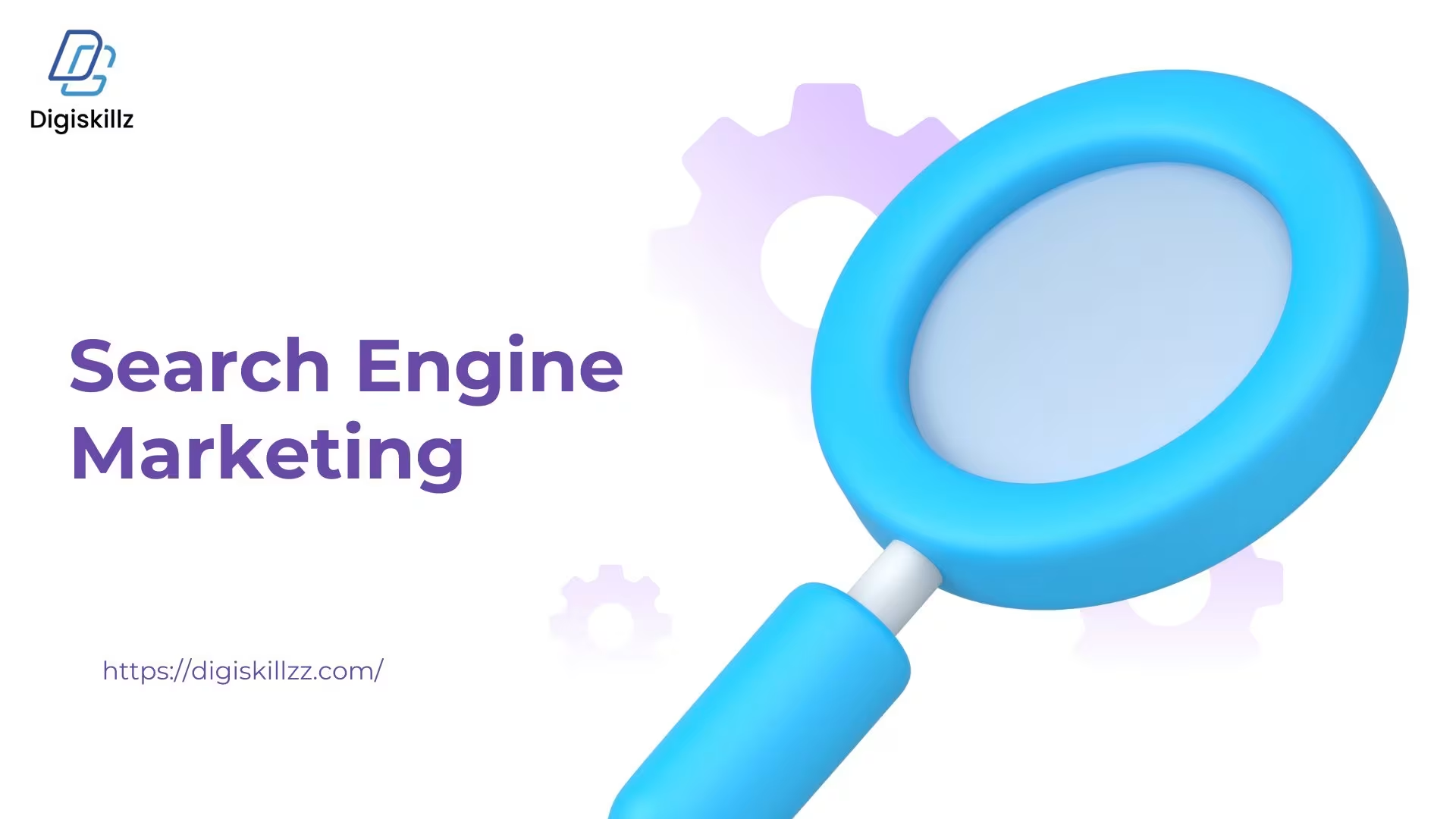

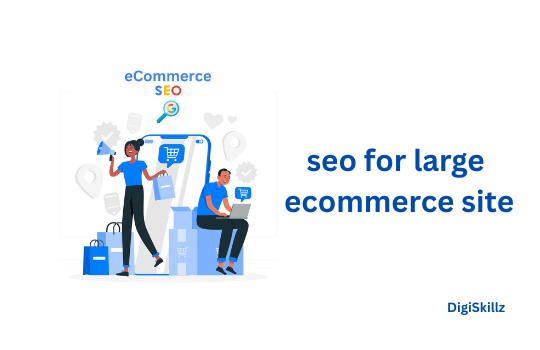

Leave A Comment